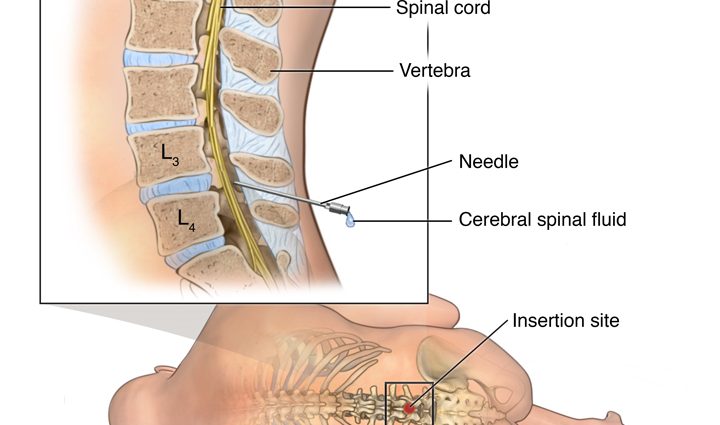What is the myelogram?
The myelogram is an examination which makes it possible to analyze under a microscope the cells of the bone marrow known as hematopoietic cells, which make the various blood cells.
The cells of the marrow are in fact made up of stem cells and “precursors”, from which red blood cells, white blood cells and platelets are produced. If any of these blood constituents are abnormal, the cells of the marrow may be involved.
Why do a myelogram?
The myelogram is prescribed in the event of abnormalities detected in the complete blood count (CBC) or the complete blood count, for example in the event of a deficit or proliferation of certain cells in the blood.
The myelogram is for example systematically carried out in case of suspicion of hematologic cancer, such as multiple myeloma.
It can also be carried out in the event of:
- abnormalities of cells on the blood smear (atypical cells, presence of stem cells, etc.);
- in order to monitor the extension of so-called hematopoietic tumors (lymphoma, leukemia, malignant mastocytoma, etc.);
- in case of persistent fever of undetermined origin.
Sampling
To perform a myelogram, cells are removed in the hospital by aspiration-puncture into the bone in the sternum or in the iliac wings (hips), using a special syringe called a trocar.
The sample is taken under local anesthesia. After aspiration of the bone marrow sample (at the heart of the bone), it is spread on microscope slides (spinal cord smear) and then examined after staining.
The analysis of the myelogram also requires having the results of a recent hemogram (blood test).
What results?
The myelogram provides several information about the cells in the bone marrow, including:
- cell richness and percentage of each cell type;
- appearance of cells (presence of large abnormal cells or in clusters, morphological abnormalities);
- detection of abnormal cells, such as “leukemic blasts”;
- bone marrow cell count.
The report of a myelogram includes a count of the various bone marrow lines, as well as a conclusion describing any abnormalities observed.
The doctor uses this report to make a diagnosis. If necessary, he may request other examinations.










